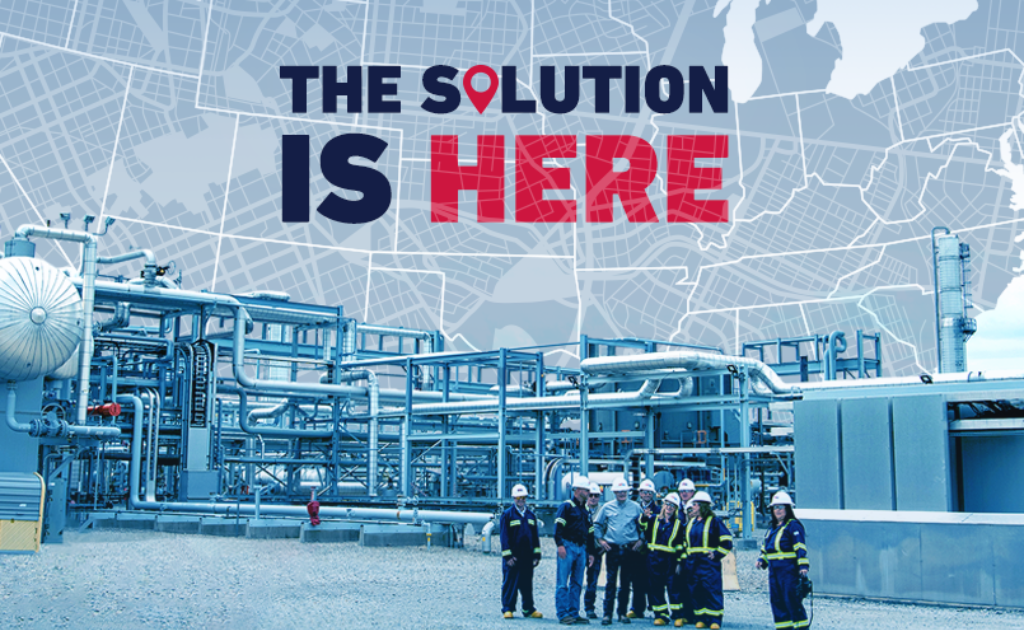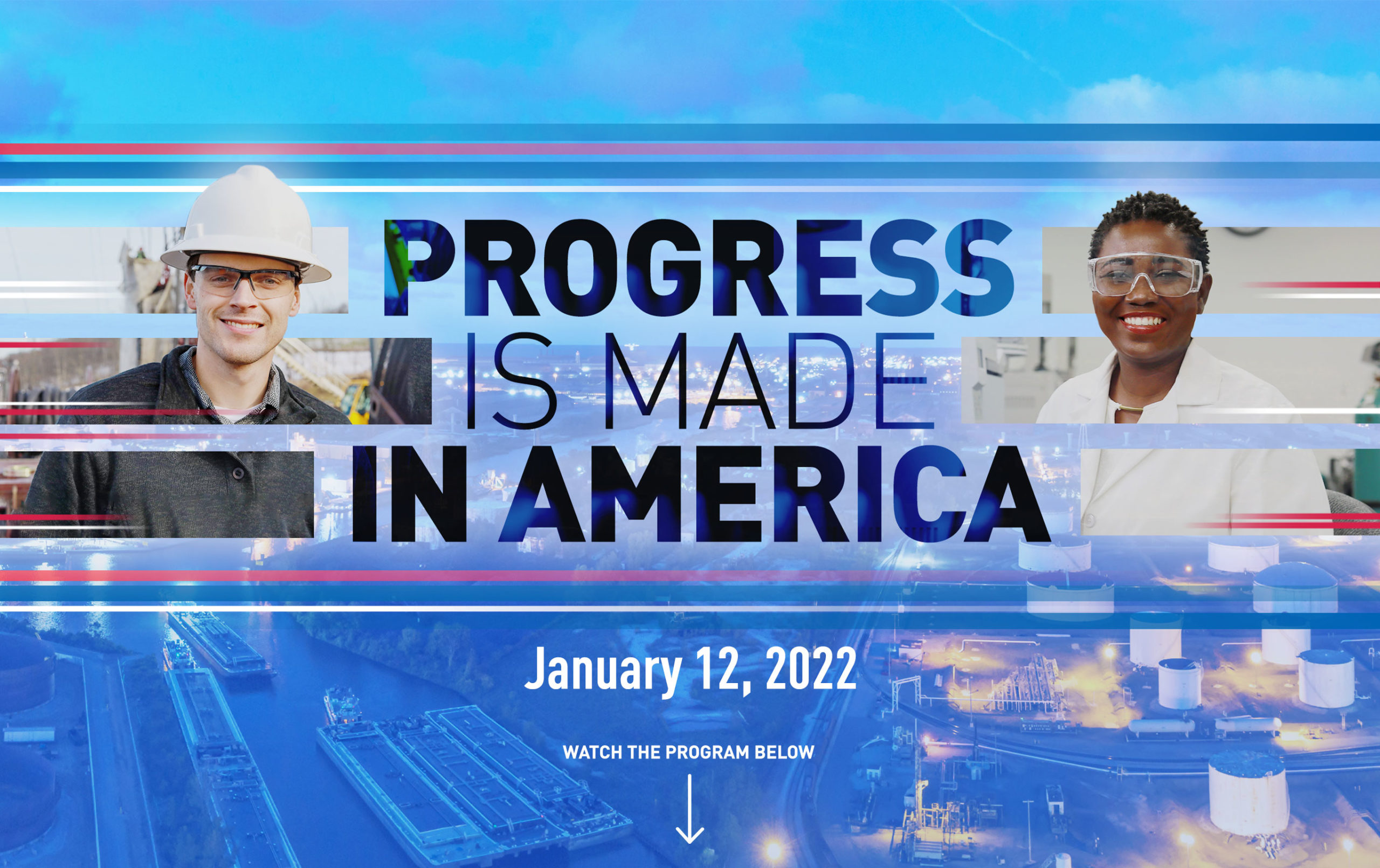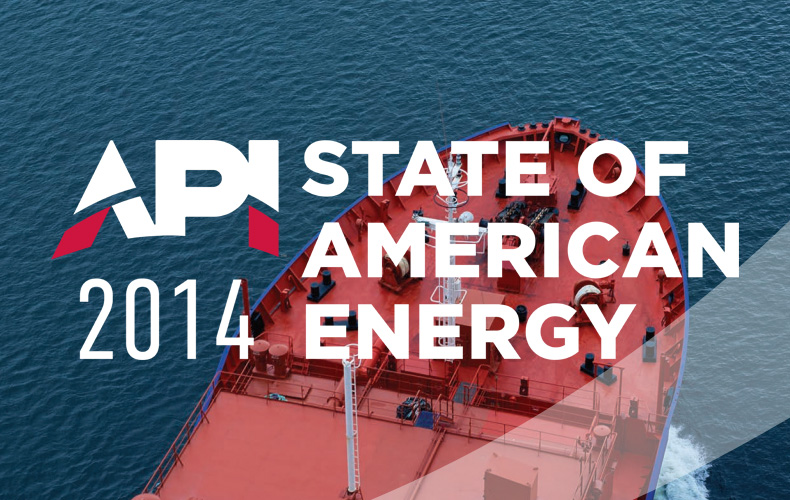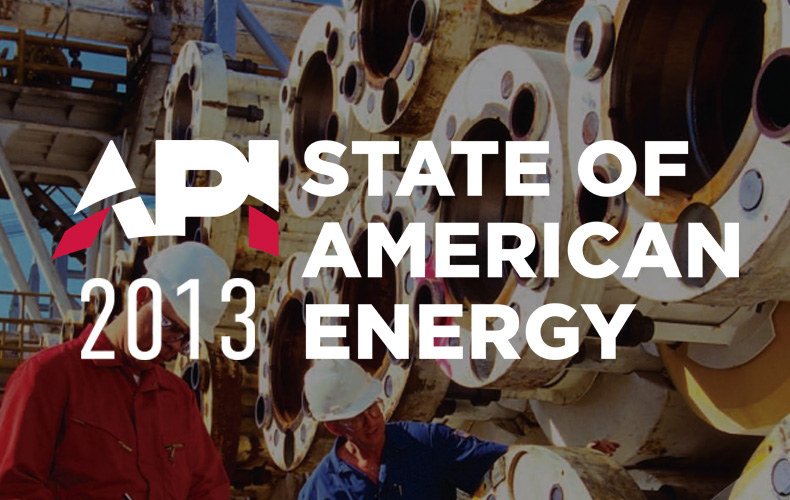SOAE
2021 State of American Energy
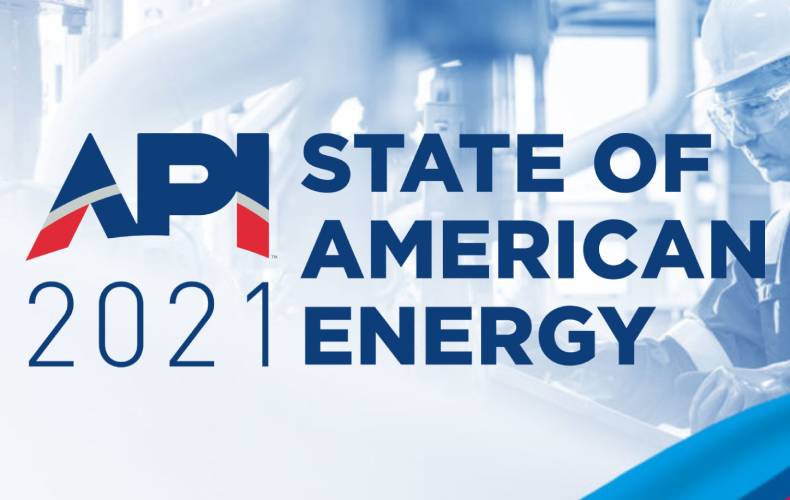
API’s all-virtual event highlights the U.S. natural gas and oil industry’s contributions to modern life, the foundational role of affordable and reliable energy in the nation’s economic recovery, and the many ways industry is helping America build a better future.
Learn More +2020 State of American Energy
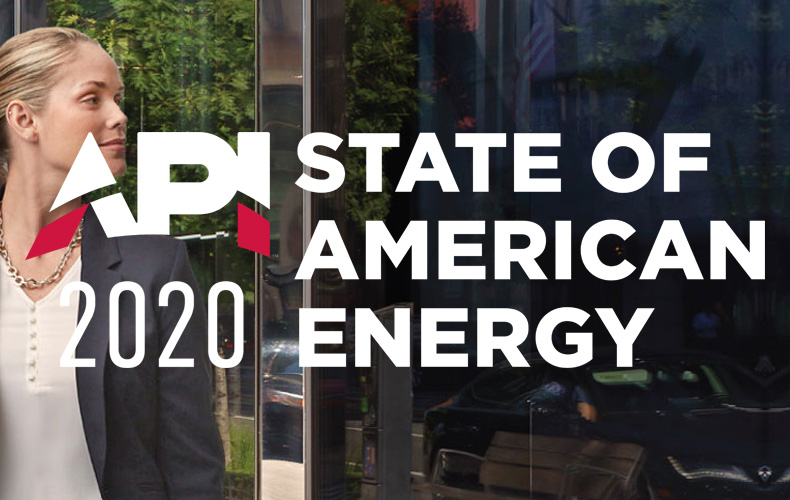
Natural gas and oil drive the U.S. and world economies, and energy analysts project they will continue in that leading role for decades to come.
Learn More +2019 State of American Energy
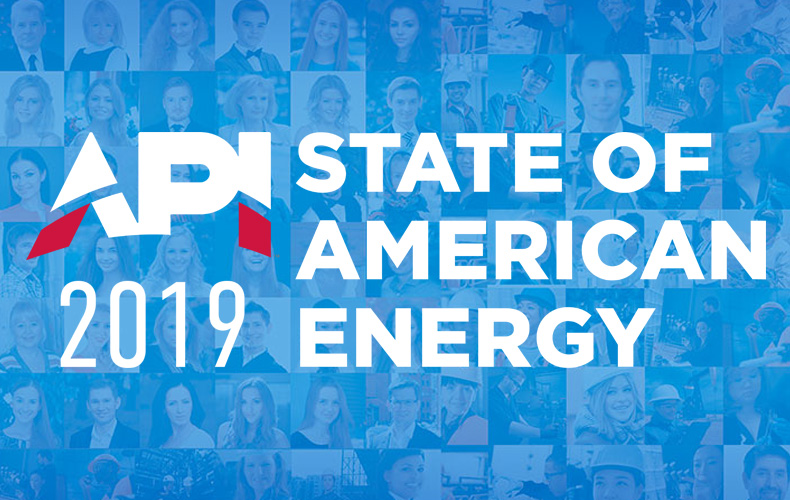
Natural gas and oil drive the U.S. and world economies, and energy analysts project they will continue in that leading role for decades to come.
Learn More +2018 State of American Energy
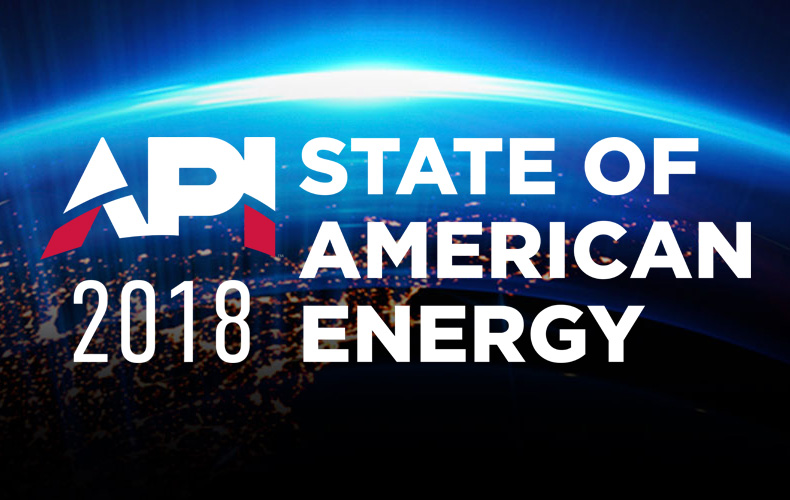
Natural gas and oil are integral to innovations that safely and efficiently supply the daily energy Americans need, as well as the modern products that make lives safer, healthier and more convenient.
Learn More +2017 State of American Energy
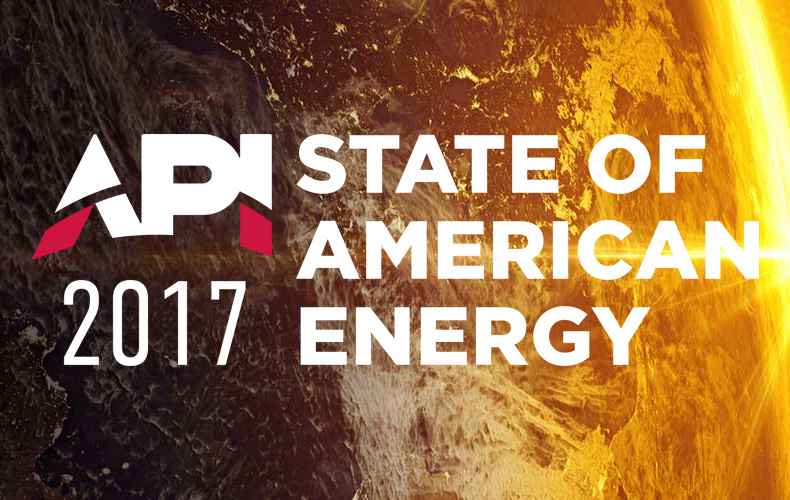
Energy is fundamental to our society. Our ability to responsibly produce, safely distribute, store and efficiently consume the energy we need to maintain our standard of living.
Learn More +2016 State of American Energy
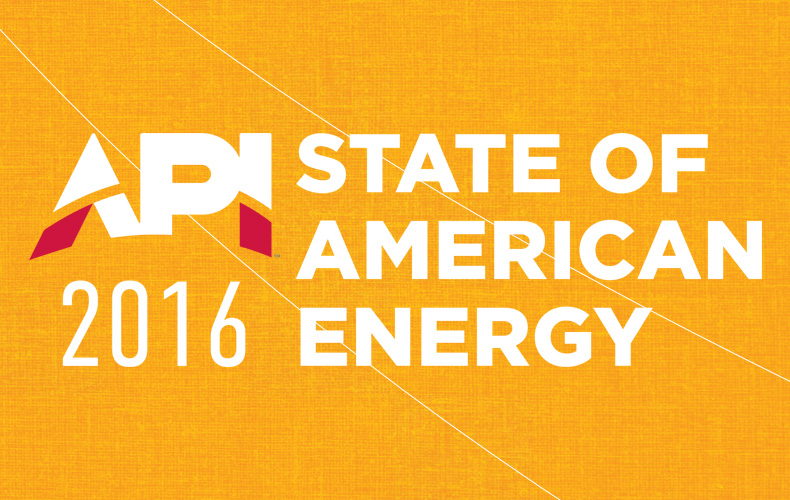
When it comes to energy policy, the next president and members of the next Congress will play a critical role in shaping America’s 21st century energy renaissance, determining whether our nation will cement its position as a global energy leader.
Learn More +2015 State of American Energy
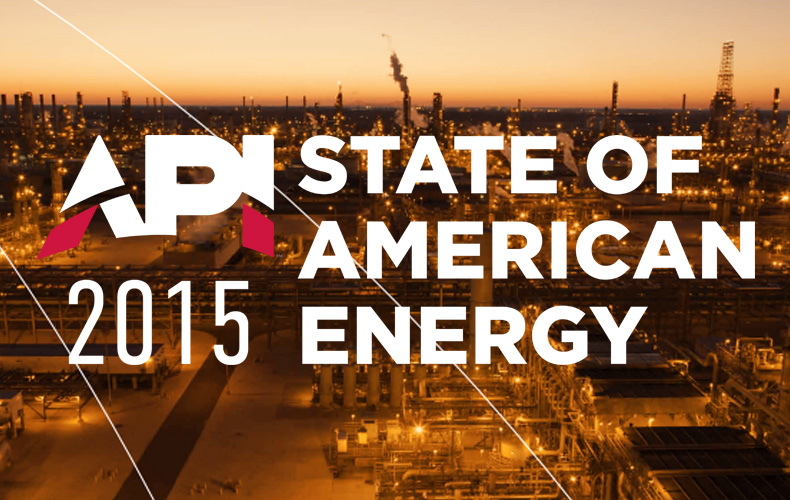
America is experiencing an energy revival. We are now defined by an abundance of energy resources rather than a scarcity of them.
Learn More +
